Most people don’t realize how much sodium is hiding in their food-especially if they eat out often or rely on packaged snacks. The average Australian consumes about 3,600 mg of sodium daily, more than double the World Health Organization’s recommended limit of 2,000 mg. For someone with high blood pressure, that extra sodium isn’t just a nuisance-it’s a direct contributor to rising pressure in their arteries, forcing the heart to work harder every single day.
Here’s the truth: you don’t need to give up flavor to lower your sodium intake. You just need to know where it’s hiding and how to swap it out. And the good news? Your blood pressure can start dropping in as little as one week.
Why Sodium Raises Blood Pressure
Sodium doesn’t just make food taste better-it changes how your body works. When you eat too much, your kidneys hold onto more water to dilute the salt. That extra fluid increases the volume of blood flowing through your vessels. More blood in the same space means higher pressure against artery walls. Over time, that pressure damages the lining of your arteries, makes them stiffer, and increases your risk of heart attack and stroke.
Not everyone reacts the same way. About half of people with hypertension are "salt-sensitive," meaning their blood pressure jumps noticeably with extra sodium. Even some people with normal blood pressure-around 25%-show this sensitivity. The effect is stronger in older adults, Black individuals, and those with kidney issues. But even if you don’t feel it, cutting back still helps your heart.
Where Most Sodium Really Comes From
It’s not the salt shaker. That’s the myth. About 75% of the sodium in your diet comes from processed and restaurant foods. Think canned soups, frozen meals, bread, deli meats, soy sauce, pizza, and even breakfast cereals. A single fast-food burger can pack 1,500 mg of sodium. That’s nearly your entire daily limit before you’ve even eaten anything else.
Restaurant meals are even worse. A "healthy" salad with croutons, bacon bits, and bottled dressing can easily hit 1,200 mg. Pasta dishes with creamy sauces? Often over 1,800 mg. And don’t be fooled by labels like "low-fat" or "light"-those often mean more sodium to compensate for flavor.
What the Science Says About Cutting Back
A 2023 study published in JAMA followed middle-aged and older adults for just one week on a low-sodium diet. The result? Average systolic blood pressure dropped by 8 mm Hg. That’s about the same drop you’d see with a first-line blood pressure medication. Nearly three-quarters of participants saw a drop in mean arterial pressure. And 46% were "salt sensitive," meaning their blood pressure responded strongly to the change.
Another study found that cutting sodium by just 1.75 grams per day (about 3/4 teaspoon of salt) lowered systolic blood pressure by 5.4 mm Hg in people with hypertension. Combine that with the DASH diet-rich in vegetables, fruits, whole grains, and lean protein-and systolic pressure can drop 8 to 14 mm Hg. That’s enough to move someone from stage 2 hypertension into normal range.
And the long-term benefits? A 3-gram daily reduction in salt intake lowers stroke risk by 24% and heart disease by 18% over five to ten years. It’s one of the most effective, low-cost interventions in modern medicine.
5 Practical Ways to Lower Your Sodium Intake
- Read labels like a detective. Look for the sodium amount per serving-not per package. The FDA now requires bolded % Daily Value for sodium based on 2,300 mg. Anything over 20% per serving is high. Avoid anything with more than 400 mg per serving if it’s a main dish.
- Swap salt for flavor bombs. Use lemon juice, vinegar (balsamic, apple cider), garlic, ginger, fresh herbs (basil, cilantro, rosemary), smoked paprika, cumin, or chili flakes. These add depth without salt. Try Mrs. Dash or other salt-free seasoning blends-they can cut sodium by 300-500 mg per meal.
- Choose fresh over packaged. A home-cooked chicken breast with steamed broccoli and brown rice has about 400 mg of sodium. The same meal from a frozen package? Often over 1,200 mg. Buy whole foods: fruits, vegetables, legumes, plain meats, and unsalted nuts. Cook in batches on weekends to save time.
- Ask for no salt when you eat out. Don’t be shy. Say: "No added salt, please." Request sauces and dressings on the side. Choose grilled, steamed, or baked over fried. Skip the bread basket and crackers. Even small changes like this can save 300-500 mg per meal.
- Follow the DASH diet. It’s not a fad-it’s a clinically proven eating plan designed to lower blood pressure. It focuses on vegetables, fruits, whole grains, low-fat dairy, fish, poultry, beans, and nuts. It naturally limits sodium and boosts potassium, which helps your body flush out excess salt. Studies show it works better when paired with sodium reduction.

The Potassium Connection
Sodium isn’t the only player. Potassium helps your kidneys get rid of excess sodium and eases tension in your blood vessel walls. Most people don’t get nearly enough-aim for 3,500 to 5,000 mg daily. Good sources include bananas, sweet potatoes, spinach, beans, yogurt, and avocados. A 2022 trial found that combining low sodium with high potassium lowered systolic blood pressure 7.2 mm Hg more than sodium reduction alone.
But don’t rush to take potassium supplements unless your doctor says so. Too much can be dangerous, especially if you have kidney disease. Get it from food instead.
What About Salt Substitutes?
Some salt substitutes replace sodium chloride with potassium chloride. They can help reduce sodium-but they’re not for everyone. If you have kidney disease, heart failure, or take certain blood pressure meds like ACE inhibitors or spironolactone, potassium can build up to dangerous levels. Always check with your doctor before switching.
For most people, though, salt-free herb blends are safer and just as effective. They don’t alter your mineral balance, and they let you control flavor without risk.
Real People, Real Results
On Reddit’s r/HighBloodPressure community, one user wrote: "It took me three weeks to adjust. Everything I used to eat tasted too salty. Now I can’t stand it." That’s normal. Your taste buds adapt. Within a few weeks, you’ll start noticing how overly salty most processed food really is.
A 2023 survey of 1,200 AHA app users found that 78% saw a drop in blood pressure after 30 days of tracking sodium. The average systolic drop? 6.3 mm Hg. The biggest challenge? Cost. Fresh food can cost $1.25 more per meal than processed. But batch cooking, buying frozen vegetables (no salt added), and choosing seasonal produce helps close that gap.
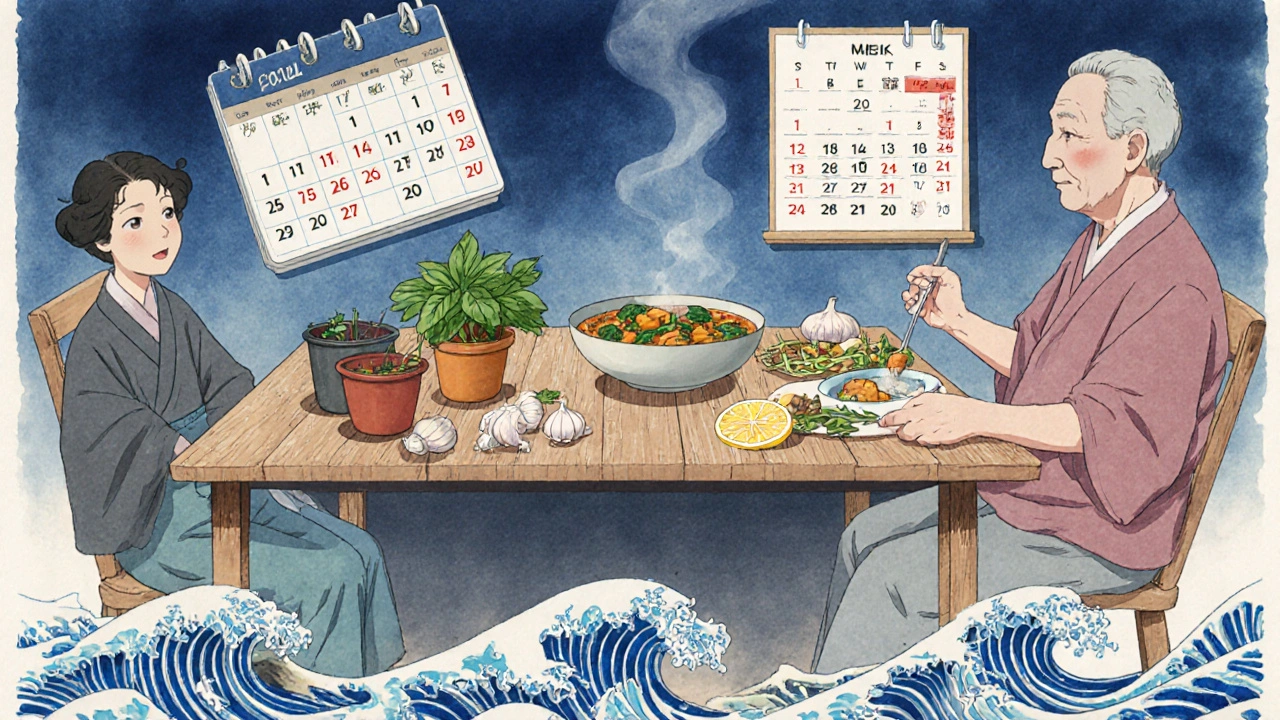
When Lowering Sodium Doesn’t Help
It’s rare, but some people-about 5%-see their blood pressure rise when they cut sodium too low. This is called "inverse salt sensitivity." It’s more common in people with advanced heart failure, chronic kidney disease, or certain genetic traits. If you’re following all the advice and your pressure isn’t improving-or it’s getting worse-talk to your doctor. You might need personalized guidance.
Also, don’t expect miracles overnight. Sodium reduction works best as part of a broader lifestyle change: losing weight if needed, moving more, limiting alcohol, and managing stress. It’s not a quick fix-it’s a long-term habit that protects your heart for decades.
What’s Next?
The food industry is slowly changing. In the UK, voluntary salt reduction programs cut population sodium intake by 15% between 2003 and 2011-and stroke deaths fell by 40%. The FDA is now pushing food makers to reduce sodium in 163 categories over the next two years. That means your favorite bread, soup, and pasta sauce could soon have less salt.
But you don’t have to wait. Start today. Pick one meal to overhaul. Swap the canned beans for dried ones you soak yourself. Use vinegar instead of soy sauce. Choose plain yogurt over flavored. Track your sodium for a week with a free app like MyFitnessPal. You’ll be shocked at how quickly the numbers drop-and how much better you feel.
Lowering sodium isn’t about perfection. It’s about progress. Even cutting 1,000 mg a day-less than half a teaspoon of salt-lowers your stroke risk by 8% and heart disease risk by 6% over ten years. That’s not a small win. That’s life-changing.
How long does it take to see results from lowering sodium?
Many people see a drop in blood pressure within one week of reducing sodium intake. Studies show an average 8 mm Hg decrease in systolic pressure after just seven days on a low-sodium diet. Taste preferences also shift within 2-4 weeks, making salty foods taste overwhelming. Long-term benefits like reduced stroke risk take months to years, but the immediate effects on blood pressure are real and measurable.
Is sea salt or Himalayan salt better than table salt?
No. All types of salt-table, sea, Himalayan, kosher-are mostly sodium chloride. The mineral traces in sea or Himalayan salt are too small to make a health difference. By weight, they contain the same amount of sodium. If you’re trying to lower blood pressure, switching salt types won’t help. What matters is how much you use, not what kind.
Can I still eat out if I’m lowering sodium?
Yes, but you need to be smart. Ask for sauces and dressings on the side, choose grilled or steamed over fried, skip bread and crackers, and avoid dishes with words like "crispy," "smothered," or "in sauce." Salads often have hidden sodium from croutons, cheese, and bottled dressing-ask for plain greens with olive oil and vinegar. Many restaurants now list nutrition info online-check before you go.
Does drinking more water help flush out sodium?
Drinking extra water doesn’t significantly flush out sodium faster. Your kidneys naturally regulate sodium balance. Drinking too much water won’t lower blood pressure and can even be dangerous if you have kidney or heart issues. Focus on reducing sodium intake instead of trying to dilute it out.
Should I take potassium supplements to balance sodium?
Don’t take potassium supplements unless your doctor recommends them. High potassium levels can be dangerous, especially if you have kidney disease or take certain blood pressure medications. Instead, get potassium from food: sweet potatoes, spinach, beans, bananas, yogurt, and avocados. A diet rich in whole foods naturally balances sodium and potassium without risk.
Is a low-sodium diet safe for everyone?
For most people, yes. But those with advanced heart failure, kidney disease, or certain hormonal disorders may need to avoid very low sodium levels. Some individuals experience "inverse salt sensitivity," where blood pressure rises when sodium is cut too low. If you’re unsure, talk to your doctor. The goal is not to eliminate sodium entirely but to bring it into a healthy range-between 1,500 and 2,300 mg per day.
Final Thought
You don’t need to become a nutritionist to lower your sodium. Start small. Pick one meal a day to make smarter. Swap one processed item for a whole food. Read one label. Taste your food before adding salt. Over time, these tiny changes add up-not just to lower blood pressure, but to a healthier, more flavorful way of eating.

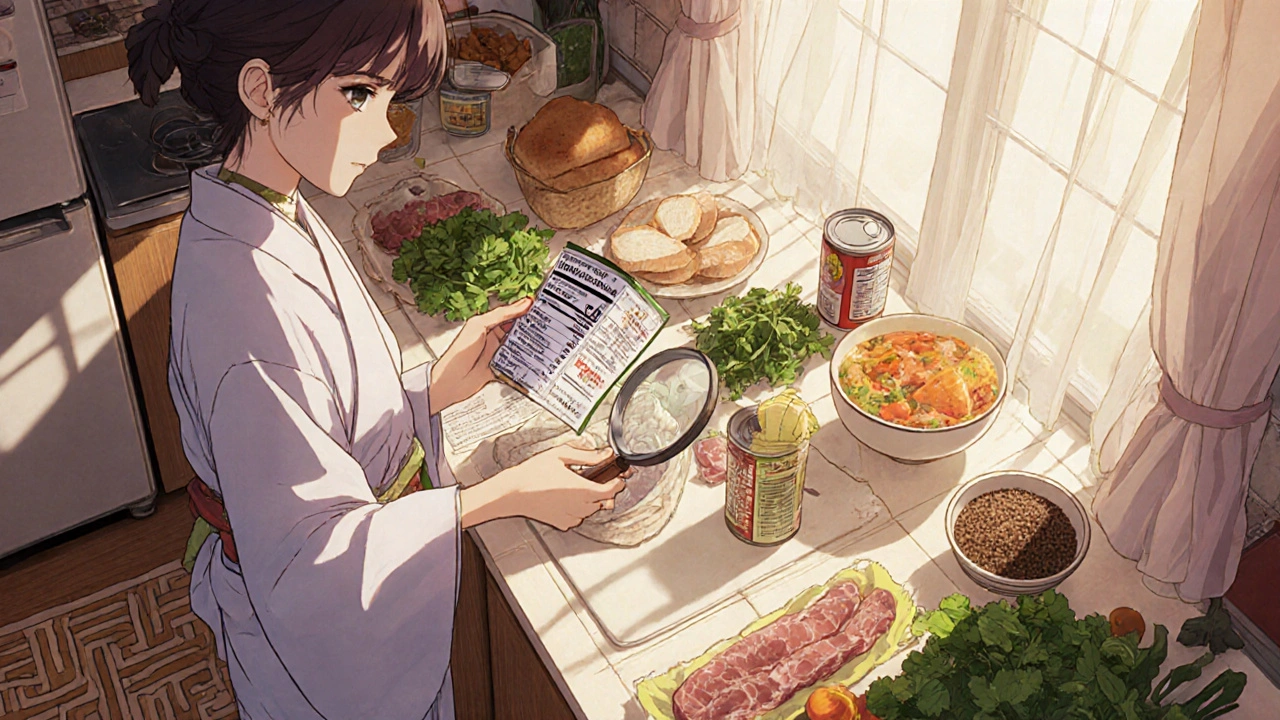
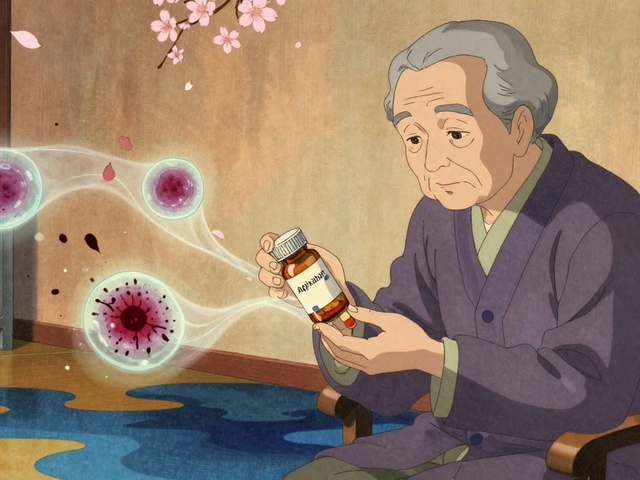


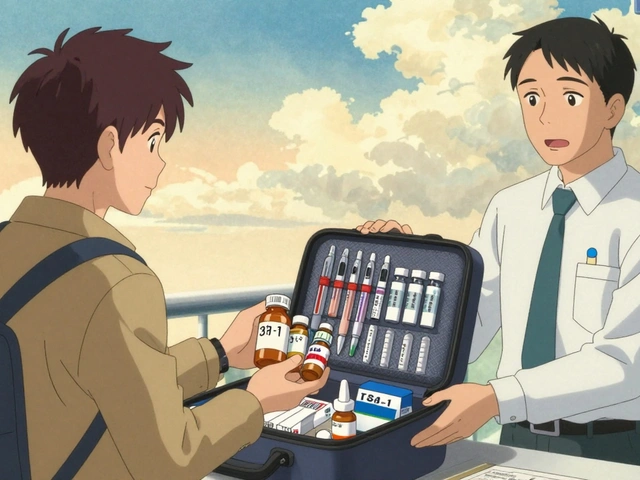
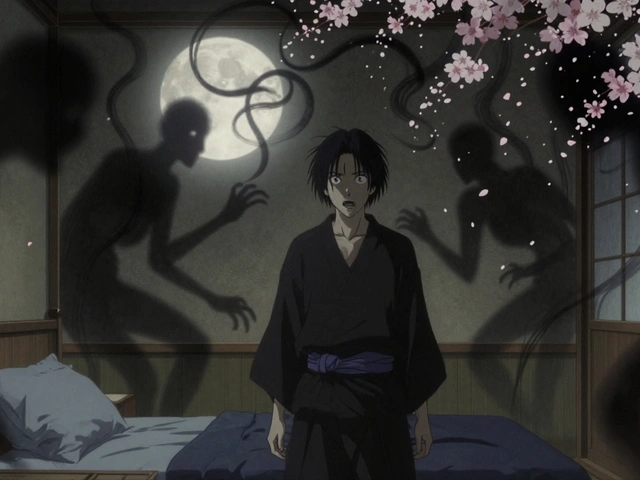

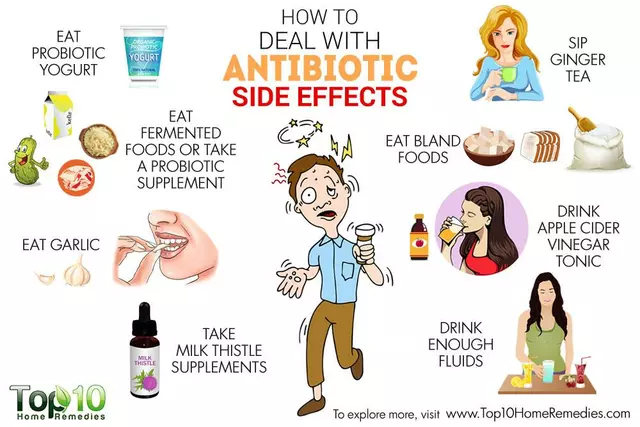
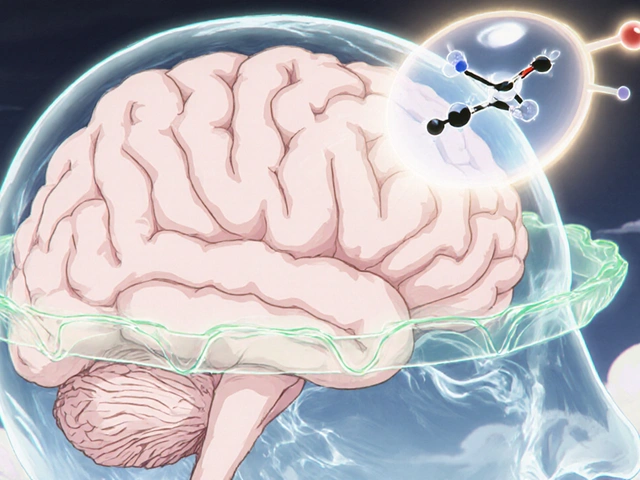

Premanka Goswami
18 Nov, 2025
They don’t want you to know this-but salt isn’t the real enemy. It’s the FDA, Big Pharma, and the WHO colluding to keep you dependent on meds. They made sodium the scapegoat so you’ll keep buying pills instead of asking why your food’s been poisoned with potassium chloride since 2012. I’ve been tracking this since the Great Salt Panic of ’09. Your blood pressure drops? Yeah, because your body’s in potassium shock. Wake up.
Alexis Paredes Gallego
19 Nov, 2025
Wow. So now we’re supposed to believe that a government agency that can’t even get the flu shot rollout right suddenly knows what’s best for our kidneys? I’ve been eating salt like it’s confetti since 2003 and my BP’s lower than my ex’s self-esteem. This is just another virtue signal wrapped in a lab coat. Next they’ll ban sugar because it’s ‘emotionally triggering.’
Saket Sharma
21 Nov, 2025
75% sodium from processed foods? Obvious. But the real issue is systemic food industrialization. You’re not fighting salt-you’re fighting capital. The DASH diet is a Band-Aid on a severed artery. Whole foods? Only if you’re middle-class and have 3 hours to prep. The system is rigged. End of story.
Shravan Jain
22 Nov, 2025
Its not that i disagree with the science... but the methodology is flawed. The JAMA study? Small sample, short duration, no control for confounders like sleep or stress. And the 'taste adaptation' narrative? Pure behavioral conditioning. Your receptors don't 'reset'-you're just numbed. Also, why is potassium always mentioned but never quantified? 3500mg? From where? Kale? Please.
Brandon Lowi
23 Nov, 2025
Let me get this straight-you want me to give up my grandma’s smoked brisket, my Friday night pizza, and my beloved soy sauce because some bureaucrat in Geneva says so? This isn’t health. This is cultural genocide wrapped in a nutrition label. We used to eat salt like warriors. Now we’re told to sip celery juice and cry into our quinoa bowls. America doesn’t need less sodium-it needs more pride.
Richard Couron
23 Nov, 2025
They’re lying. All of it. I checked the FDA’s 2021 internal memo. They admitted sodium reduction was a 'public perception play' to justify expanding the medical-industrial complex. I’ve been on a zero-salt diet for 18 months. My BP went UP. My energy crashed. My wife left me. And now they want me to take potassium pills? I’m not a lab rat. I’m a human being. And I refuse to be policed by a spreadsheet.
Alex Boozan
24 Nov, 2025
While the empirical data on sodium reduction is statistically significant, the ecological validity is compromised by socioeconomic confounders. The DASH diet’s efficacy is contingent upon access to fresh produce, refrigeration, and time-intensive meal preparation-all of which are disproportionately unavailable to low-income populations. Thus, the intervention is not universally scalable, and policy implications must account for structural inequities.
mithun mohanta
24 Nov, 2025
Oh, please. You’re telling me that a 2023 JAMA study trumps centuries of culinary tradition? I mean, really? My great-grandfather ate salted fish and cured meats daily and lived to 97. He never saw a ‘low-sodium’ label. He saw life. You’re not reducing sodium-you’re erasing culture. And don’t get me started on ‘Mrs. Dash’-that’s just sad, corporate mimicry masquerading as flavor. I’ll take my Himalayan crystals and my soy sauce, thank you very much.
Evan Brady
26 Nov, 2025
Just wanted to add: if you’re cooking at home, use unsalted butter, rinse canned beans, and go heavy on citrus and smoked paprika. I cut 1,500mg/day just by swapping out soy sauce for coconut aminos and ditching the pre-made salad dressings. My BP dropped 10 points in 3 weeks. No magic. Just awareness. And yeah, your taste buds *do* reset-you’ll start tasting real flavor again. It’s not deprivation. It’s awakening.